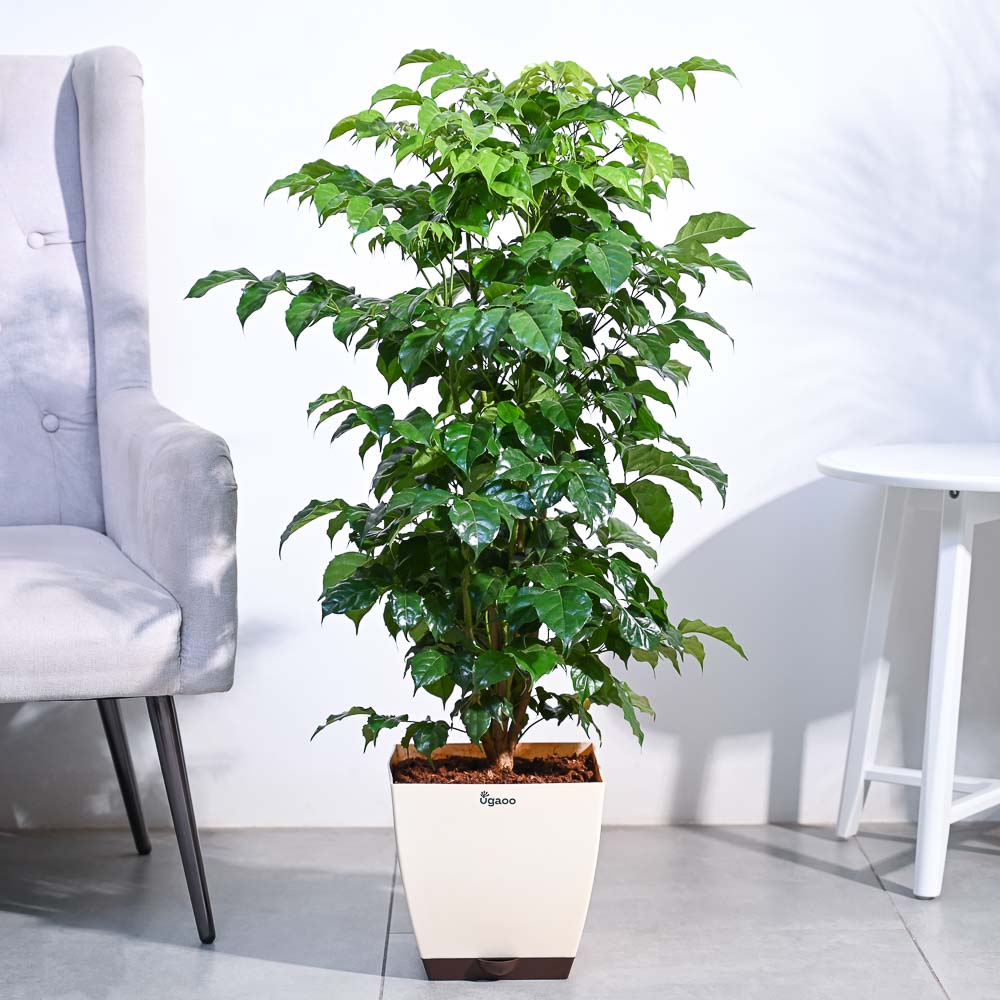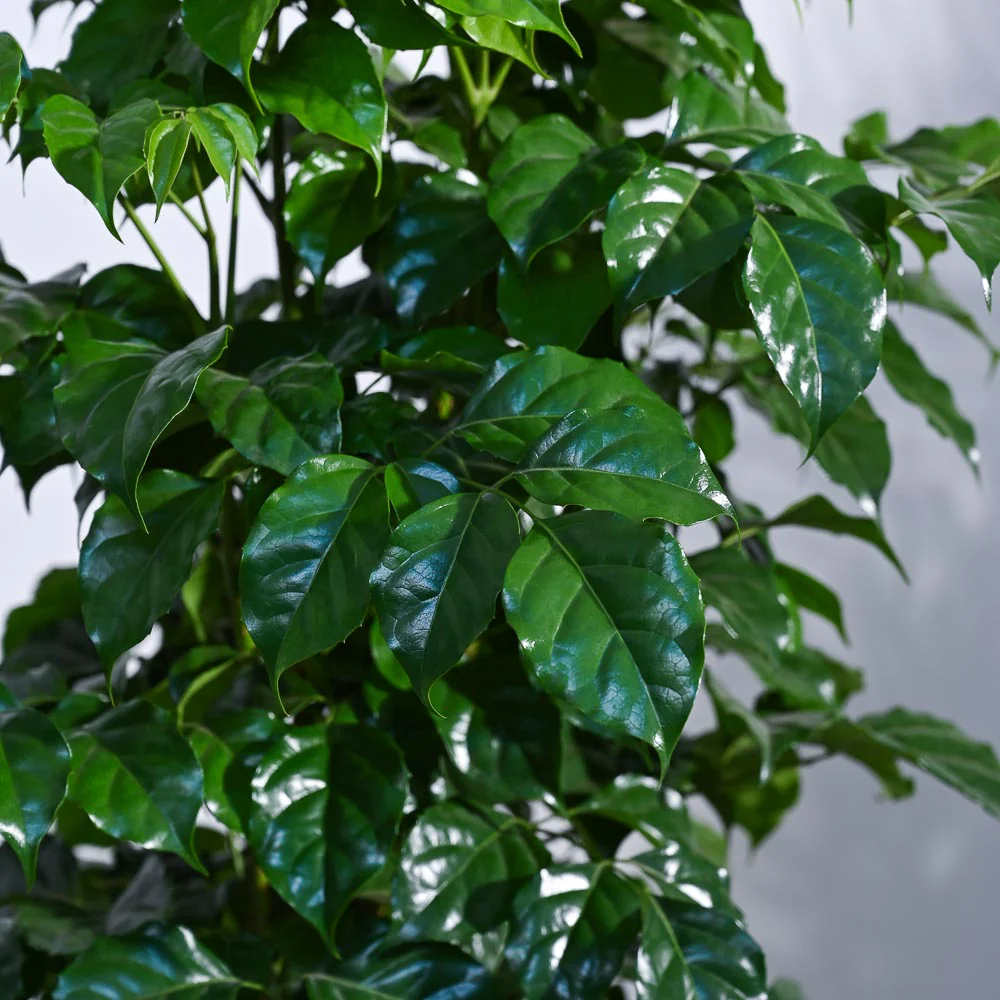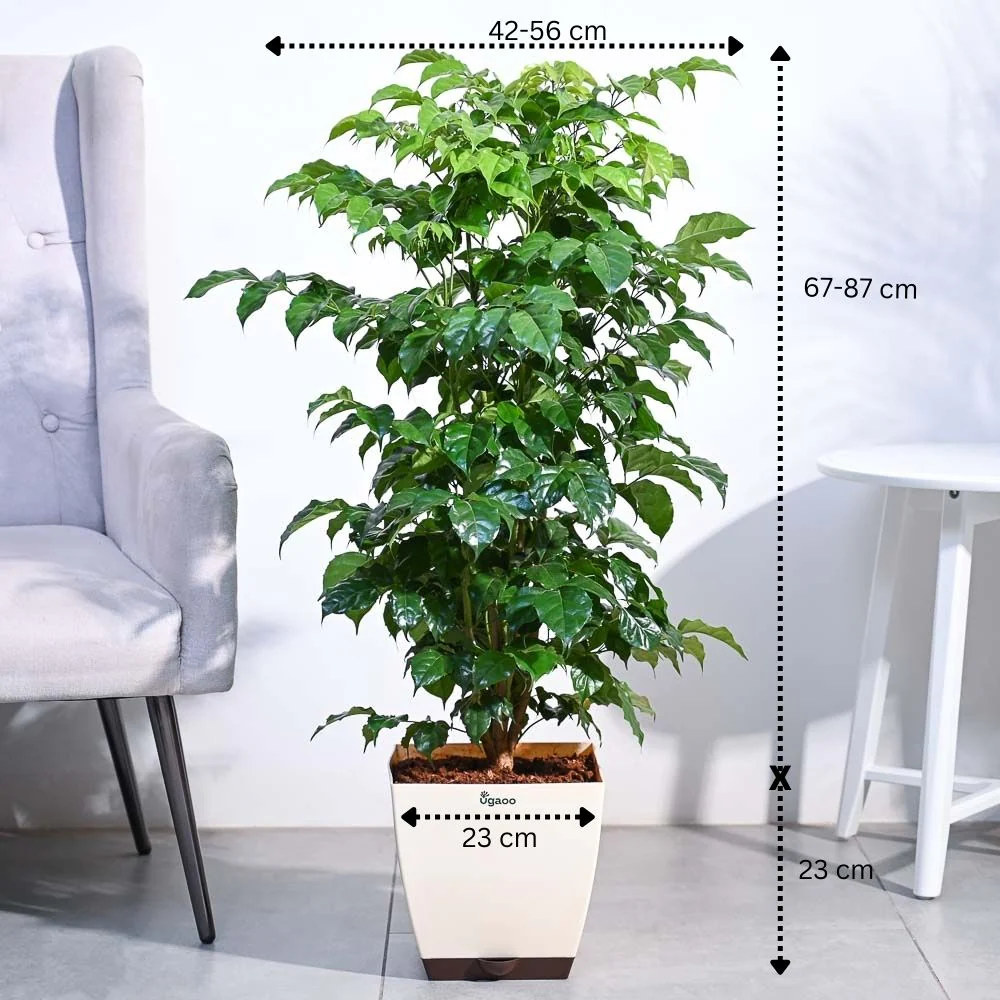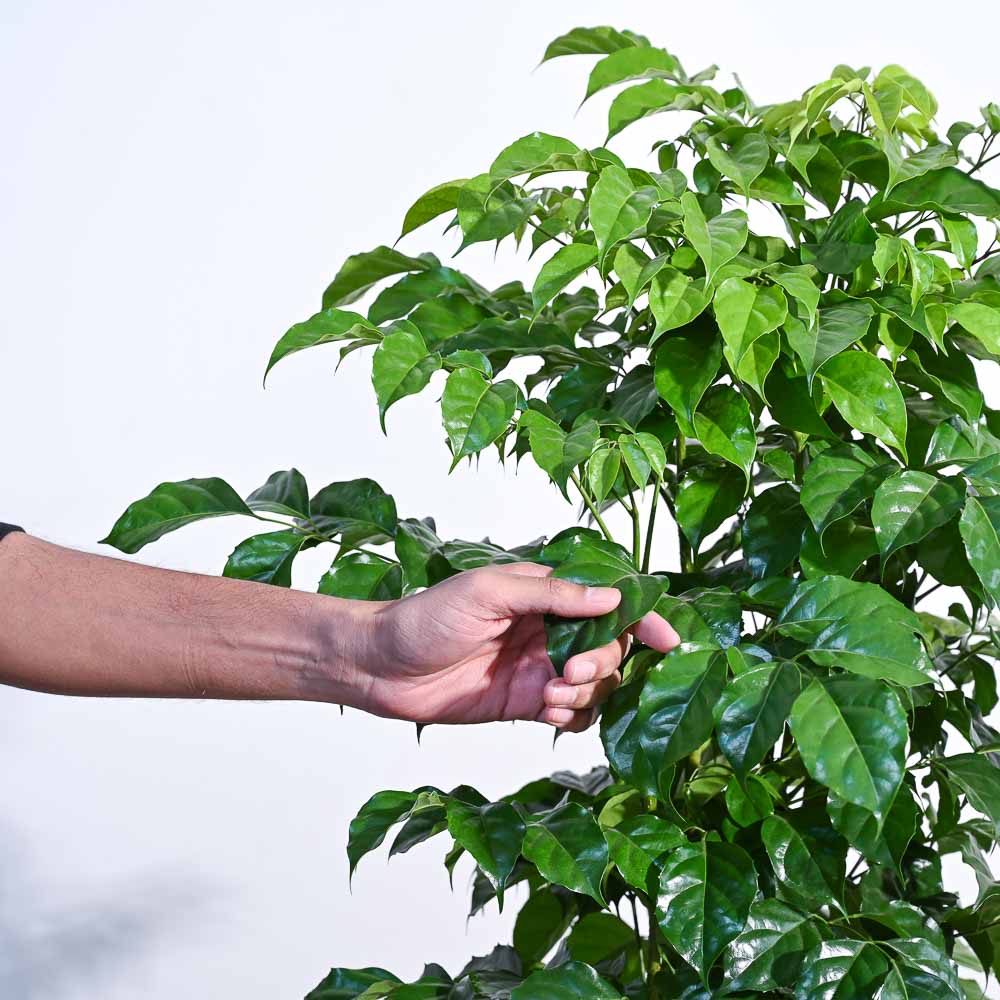The Peace Lily is a popular indoor plant known for its dark green leaves and elegant white flowers. Native to tropical regions, it’s cherished for its beauty, air-purifying qualities, and low-maintenance care.
With its glossy green leaves and large growth, this indoor China Doll plant is basically a tree. The woody branches of the Radermachera sinica complement its dark green leaves perfectly, creating the most wonderful indoor aesthetics. Interestingly, the plant being called the China Doll Tree has nothing to do with the country but everything to do with the fact that the tree looks – quite literally – like a doll house tree. The best part? This plant is relatively easy to care for and adds an instant forest-like feel to any space, serving as an excellent plant for balconies and patios.





Subscribe our newsletter
© Copyright 2024 | PlantUncle By Eaglemedia360.com